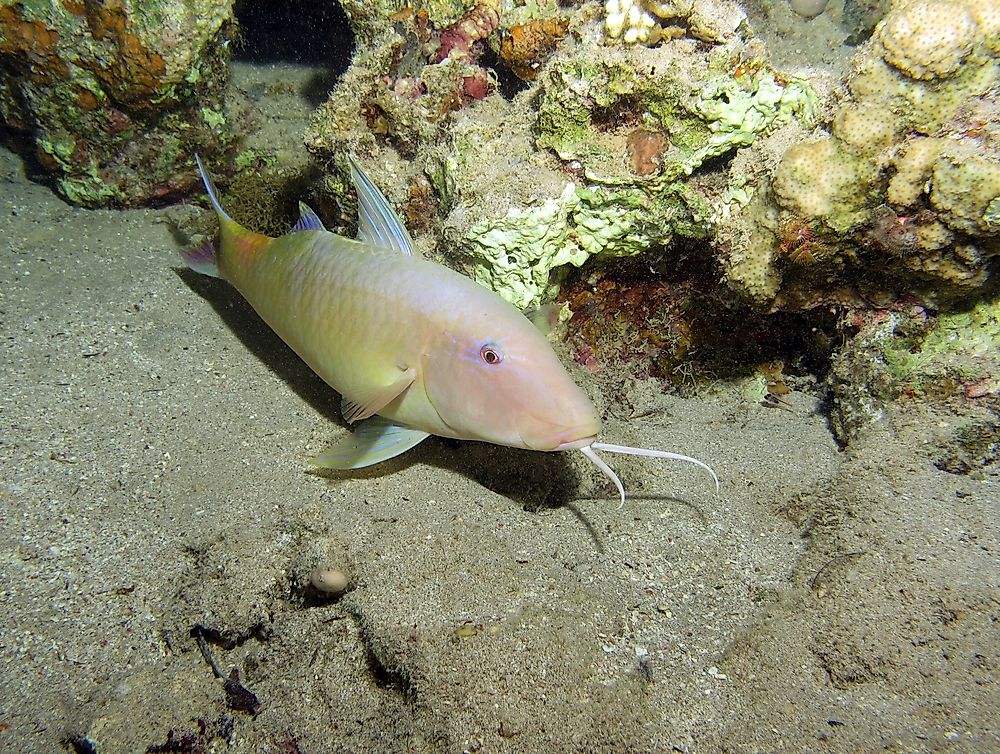Do Fish Sleep?

The question of whether fish sleep or not has been subject to a lot of research and a title to many books. Among birds and mammals, description of sleep is characterized by the closure of eyes and a familiar electrical pattern in the brain and neocortex. Neither do fish have eyelids nor the neocortex, thus bringing about the debate on whether they sleep or not. Sleep is defined by the slowing down of body activity and metabolism to preserve energy and repair the body. Since fish go through this process where they rest in a trance-like manner, they are thus considered to ‘sleep.’
This condition of resting in fish is scientifically described as suspended animation. This a state where main body roles are paused for a short while to conserve the mental and physical abilities.
How Do Sleeping Fish Look Like?
Sleeping fish look different depending on the species, but most of them appear to be daydreaming. Some fish settle at the bottom of the water bodies they live in, in materials like rocks or sand while others just drift at the bottom, hardly moving apart from the flipping of fins once in a while to steady their bodies. Some species of fish rest so deeply to an extent where they can be lifted out of the water while still in the same state. Common characteristics among sleeping fish include inactivity over long periods of time, a resting pose like hanging tails, repetitive patterns like inactivity around the same time every day and for equal amounts of time and finally, reduced sensitivity to the surroundings. To create comfort during this ‘sleeping’ period, the parrot fish produces mucus which surrounds its body acting as a pillow and sleeping bag.
Time of Sleep and Duration
The amount of time and the period of sleep varies among fish species depending on the level of activeness, light, presence or lack of noise among other environmental factors. Fish found around coral reefs and minnows are known to sleep at night and stay active during the day while others sleep during the day. Some fish do not sleep at all, or rather don’t seem to sleep. This includes species like bluefish and mackerel which have been observed to constantly swim. They, however, swim less at night but respond to stimuli throughout. Some theories say that fish that stay in schools take turns sleeping, keeping watch while others sleep.
Insomnia in Fish
The sleep pattern and duration of ‘sleep’ for fish varies depending on environmental and biological factors. Time taken to sleep reduces when fish are migrating, hatching, or taking care of their younglings. Fish are known to face sleep disorders just in the same way that humans do. A good example is the zebra fish when they are deficient in hypocretin receptors, their sleeping period reduces. A common experiment among scientists is where fish tanks are tapped on continuously to keep the fish awake longer than they should. Of interest to note, is that these sleep-deprived fish often catch up on the hours of sleep they missed as soon as the disturbance is removed.











